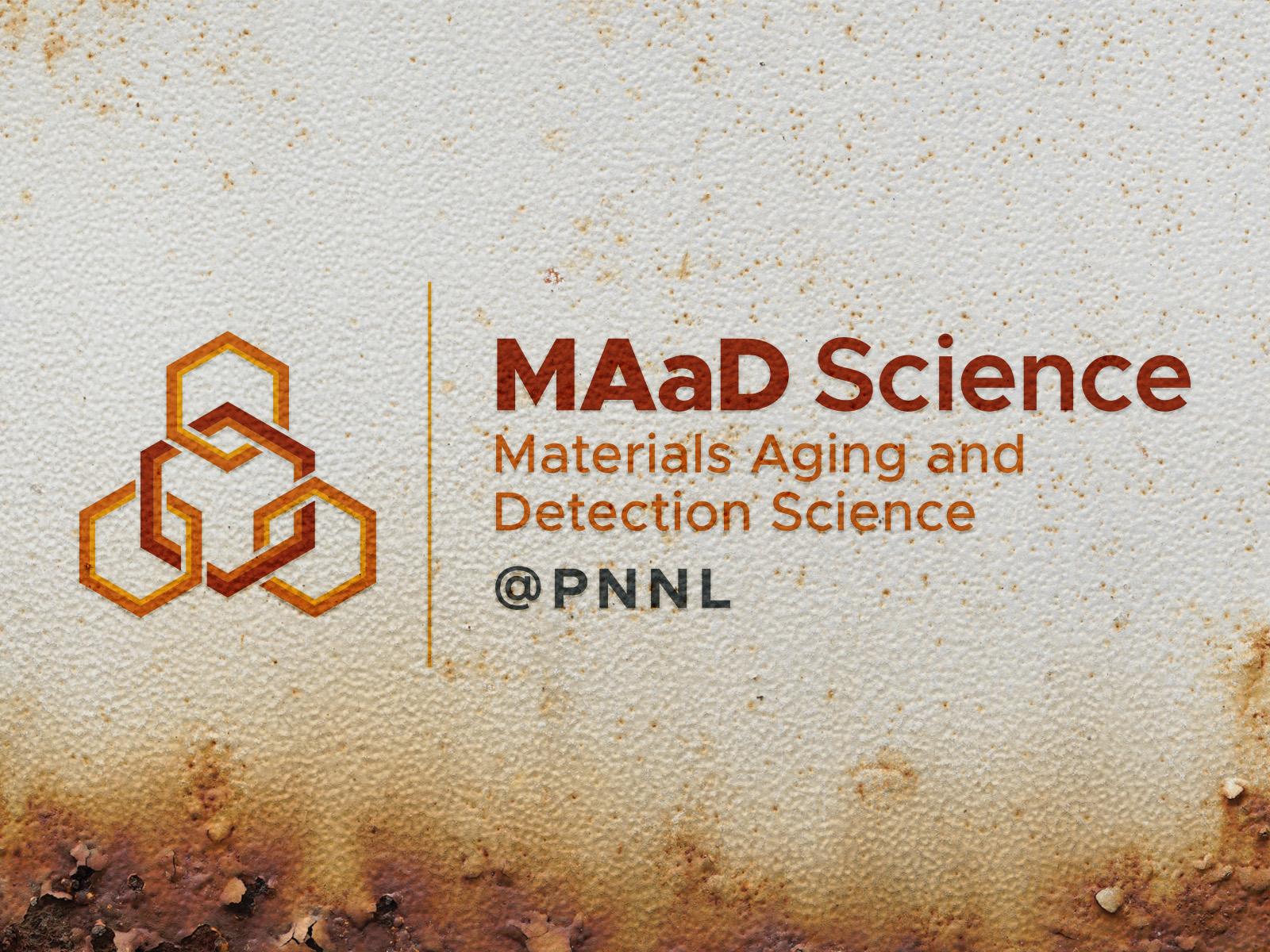MAaD Science Seminar: Nanosized Hybrid Additives for Improved Mechanical, Electrical, and Thermal Behavior of Carbon Fiber Reinforced Composites

Image by Christopher DeGraaf | Pacific Northwest National Laboratory
10:00 a.m. PT Wednesday, September 13, 2023
